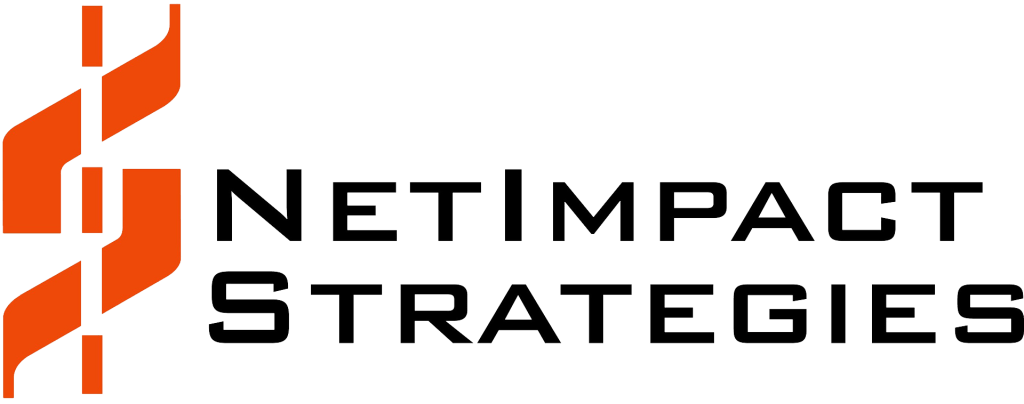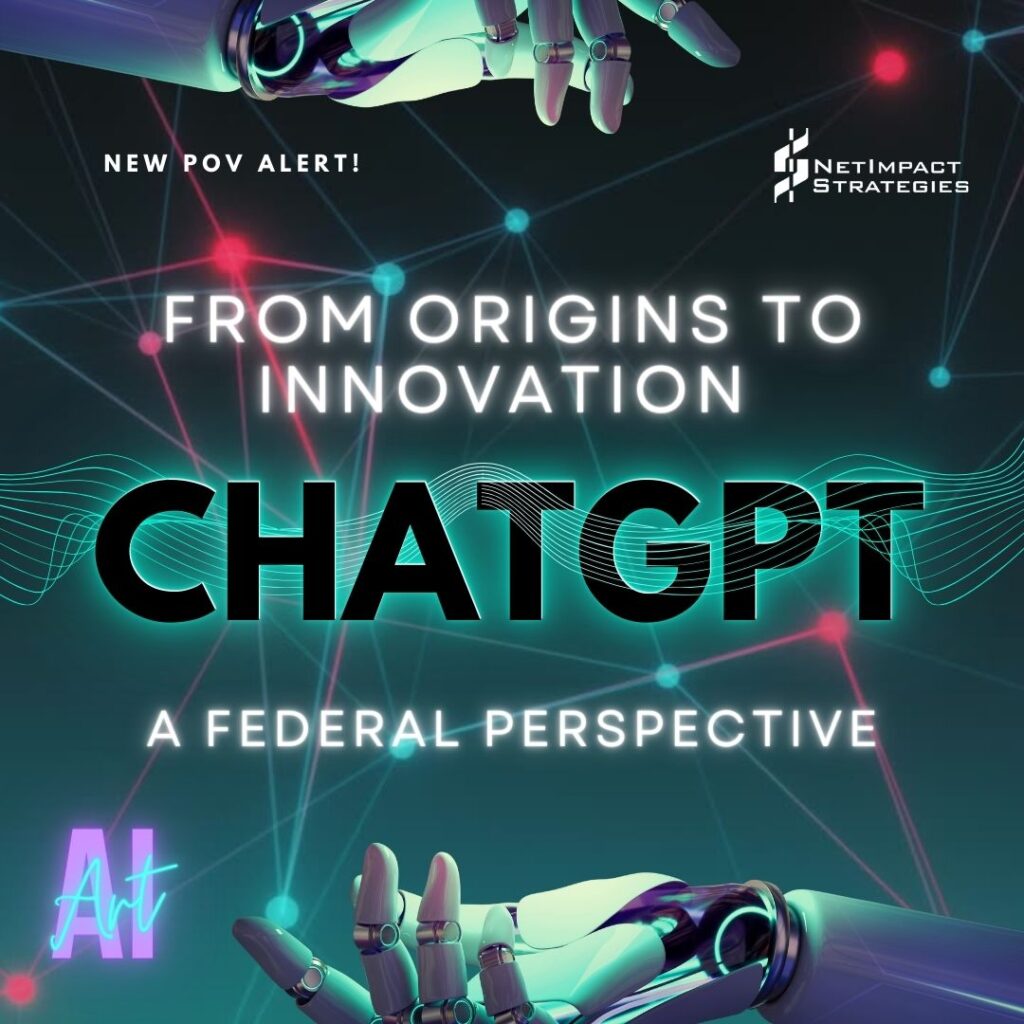Just two months after its launch, ChatGPT reached 100 million monthly active users in January 2023. GPT stands for Generative Pre-trained Transformer, descriptive of its capability that checks for a probable pattern as to what might come next using natural language processing (NLP) models. With ChatGPT taking the world by storm, GPT technology is one of the fastest-growing consumer applications.
(Not So Humble) Origins
Although research into Artificial Intelligence (AI)/Machine Learning (ML) dates back to the 1980s, ChatGPT only became possible in 2017 after the Google Brain team proposed the deep learning architecture for the modern Transformer, which bypasses sequential processing by leveraging a self-attention mechanism that essentially disregards the order of the words in a sentence. OpenAI, the founding company, was established in 2015 as a non-profit AI company, seeding capital from industry pioneers that included Amazon Web Services (AWS), Elon Musk, Redi Hoffman, and Peter Thiel. Working off the ground-breaking Transformer foundation laid by Google, OpenAI began designing GPT-1 in 2018. By the time it revolutionized AI for the public, ChatGPT was already in its 3.5 generation of this type of extensive language processing.
This innovation was one of the significant milestones in artificial intelligence. Artificial intelligence is a field where computer systems or machines perform tasks that usually require human intelligence, such as learning and decision-making. It is designed and trained to understand human-generated texts based on inputs by analysing various language patterns, context, and the structure of the information it receives. This process enables the technology to generate responses that are coherent and contextually relevant. The technology possesses the potential to spur innovation and transform the industry and government. With the ongoing advancement in science and technology, more products and services are entering the market. AI technologies are used in various sectors like healthcare, self-driving cars, digital assistants, and several other areas of daily life.
Microsoft’s acquisition of OpenAI was driven by its vision to advance cutting-edge AI research and democratize it as a new consumer technology platform.
ChatGPT is one of the first language models that is designed explicitly for conversational AI and can generate text, translate languages, and write creative content and answers in a comprehensive and informative way. Preparing this model involves data collection, training, pre-processing, fine-tuning, validation, and evaluation. ChatGPT-3.5 was made possible using over 300 billion words – its dataset tuned with inputs from Common Crawl (a publicly accessible web archival of data beginning from 2018), Wikipedia, and text corpus available in the public domain. The tokenization step converts this volume into tokens by breaking down the text into individual words, parts of a word, or phrases and then encodes the text into numerical values that a computer can process. ChatGPT-3.5 leveraged over 500 billion tokens. What the new Transformer architecture unlocked was a way to dynamically (instead of sequentially) process this information by basically prioritizing the importance of words relative to the rest of them.
This level of parallel processing generates conversational responses that resemble human-like language and can respond to various prompts, answer questions, make engaging conversations, provide information, write essays and articles, social media posts, codes, emails, and even poetry.
The question is not what ChatGPT can do but what it can’t do. Here is just a snippet of the diverse prompts it can address.
Content Generation: It can create content, such as – articles, blogs, public speeches, marketing copies, website content, and even scripts for movies and TV shows – saving a ton of individuals time and energy.
- “Generate a 300-word article on the impact of renewable energy on climate change.”
- “Write a creative short story about a time-traveling adventure.”
Programming Assistance: It can assist developers and programmers in generating code snippets, writing test cases, debugging assistance, performance optimizations, etc.
- “Provide a Python code snippet to calculate the Fibonacci sequence.”
- “Help me debug this JavaScript function that’s not working as expected.”
Market Research: Conducting research for a study is one of the most tedious tasks. ChatGPT can help simplify it and analyse large datasets, identify patterns, generate theories, etc.
- “I want to understand my target audience and competitors for x.”
- “Help me understand the purchasing trends of y.”
Educational Assistance: Can expedite learning new things by serving as a virtual tutor and teacher. By aggregating research, ChatGPT can generate summaries, retrieve massive amounts of information, and break down concepts.
- “Explain the theory of relativity in simple terms.”
- “Summarize the key events of the American Civil War.”
- “What are the main benefits of 5G technology?”
Not receiving quite the response you’re looking for? Try defining the role1 before your prompt ChatGPT – this provides additional context for the machine to incorporate in its information processing.
The development process of ChatGPT is a combination of data-driven learning and human expertise. OpenAI has a large group of people who read the prompts and responses regularly and rank them as to which response is preferable to the other. This fine-tunes the technology to provide the most accurate response. While the model learns itself, human reviews play a crucial role in ensuring that it provides useful and safe responses. Hence, to keep training it, users must upvote or downvote the responses. This helps maintain a balance between the tech’s capabilities and ethical considerations.
Can Government Use It Yet?
Artificial intelligence has evolved rapidly and steadily from a basic tool to one of the most powerful resources. Its fast-paced development and potential to transform how we work has forced Government agencies to acknowledge its potential and work towards incorporating it into their mission goal.
Microsoft has been doubling down on its AI future, including investing in Inflection AIi, deploying Microsoft 365 Copilot Early Access Programii, and recently launching Azure OpenAI Serviceiii for testing the technology for the public. This will allow developers to use OpenAI’s language models in their application through Microsoft’s Azure cloud platform and revolutionize how organizations interact and analyse their data, providing greater accuracy, speed, and valuable insights.
Azure OpenAI Service is available on Azure Governmentiv, which is authorized with a FedRAMP High P-ATO through the FedRAMP Joint Authorization Board (JAB) in addition to DoD SRG IL4 and IL5 provisional authorizations (PA) through the Defense Information Systems Agency (DISA). These significant developments in cybersecurity and accessibility position Government agencies to harness the same power of AI enjoyed by the commercial industry. Here are a few potential uses agencies can look forward to leveraging the software behemoth’s AI investment for:
Automated Customer Service Applications: Agencies can use Azure OpenAI Service to create chatbots that can provide information about laws and regulations, help with citizen queries, and even file complaints.
Enhance Decision Making: Through technology, agencies can analyse large datasets and identify patterns to make better decisions about policy and regulations.
Protection of National Security: Agencies can analyse intelligence data and identify any potential threats to prevent terrorist attacks and other security threats.
Prevention from Fraud and Abuse: Agencies can identify fraudulent or abusive activity to protect staff and resources and work responsibly.
Promote Social Good: Agencies can raise awareness about important issues, provide support to needy people, and solve global problems to make a positive impact on society.
Microsoft’s Azure OpenAI Service platform is secure, highly scalable, maintains data privacy and transparency, and is accountable. These factors are considerably crucial for Government agencies so that they can work safely and securely. While there remain gaps (such as a lack of a timeline for including capabilities like M365 Copilot in the roadmap), Microsoft has made progress in building these capabilities for the federal government space.
Potential Improvement Areas
As we embrace generative AI tools, we also explore and install guardrails to curb potential dangers. Although it is a powerful language model with enormous benefits, ChatGPT has several improvement areas that can further enhance its performance, information, safety, and usability. Such as:
Accuracy: The technology can improve itself to provide accurate information. For example – the technology could train itself on datasets with text that includes more fact-checked, accurate, and reliable information and avoid biased content.
Safety: It can develop safeguards against generating harmful or misleading content. For example – technology can filter out and remove certain words or phrases, such as hate speeches or profane language.
Creativity: The technology can be more creative in the content it generates. For example – the datasets can be trained with more diverse and innovative texts.
There is no doubt that government agencies can be highly benefitted by using AI-powered tools. Still, several concerns around data privacy and sensitivity, as well as legal and ethical implications of using the content it produces are still being explored, understood, and addressed. Some of these concerns are bias, accuracy, transparency, and accountability – carrying significant implications for public trust, citizen information, civil rights, and social justice. While others are around intellectual property rights and information sharing responsibly, particularly while utilizing AI-generated content for agencies.
Government agencies are also evaluating some of the bills and legislative acts to embrace artificial intelligence within the U.S. Federal agencies such as: the Artificial Intelligence for the American People Act of 2023v that will establish a National AI initiative to coordinate the government’s efforts in AI research and development, the AI Training Act of 2023vi to provide grants to support AI training programs for workers in the federal government, the AI Bill of Rightsvii provides a set of guidelines for the responsible design and use of artificial intelligence created by the White House of Science and Technology Policy (OSTP) to establish more regulations to govern AI.
What the Future Holds for FedTech
ChatGPT is a work-in-progress project and marks the beginning of an AI renaissance. As it continues to transform the whole world and bring promising benefits to all sectors and industries, there will be many more ways it will be used in the future. However, with the adoption of the technology, we must understand the potential dangers it might bring. To ensure responsible usage, the technology requires stringent safeguards to prevent fraud and breaches.
The most important factor when dealing with any new technology is getting thoroughly familiarized with its capabilities and limitations. ChatGPT is not yet a tool for official use by government agencies, with the right time, effort, and continuous improvement, the technology will undoubtedly assist the agencies in creating a secure, citizen-centric nation. As with all technology evaluations, agencies must learn the technology and gain a thorough understanding of its risks before implementation. By developing appropriate policies and guidelines to ensure responsible and ethical use of the technology, our government can take a thoughtful approach that respects the space and attention for policymakers to properly assess the potential impact and maximize the value of emerging technology.




